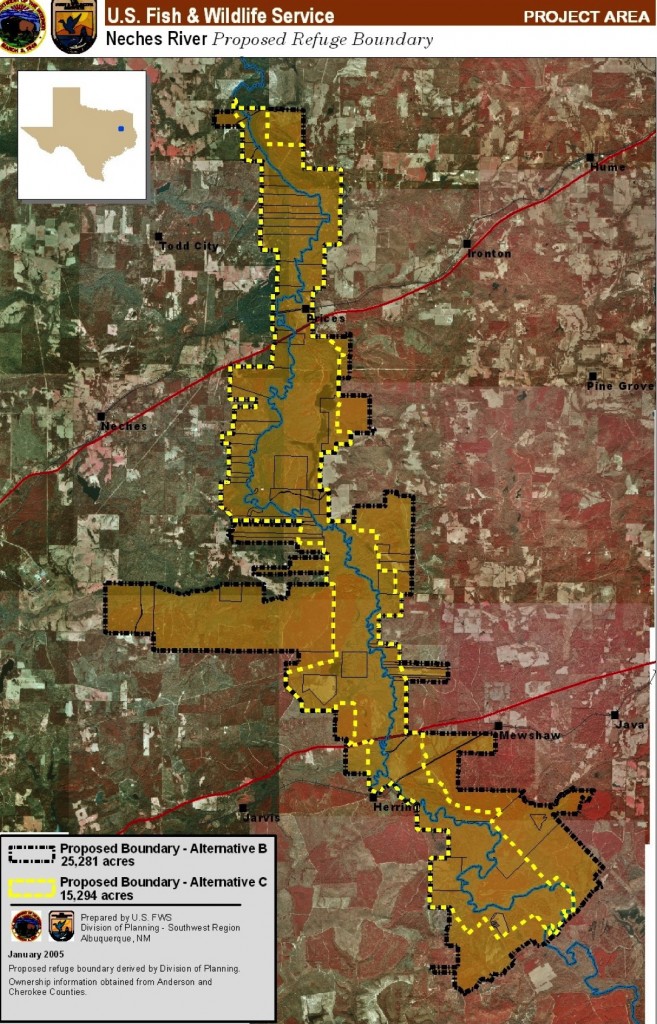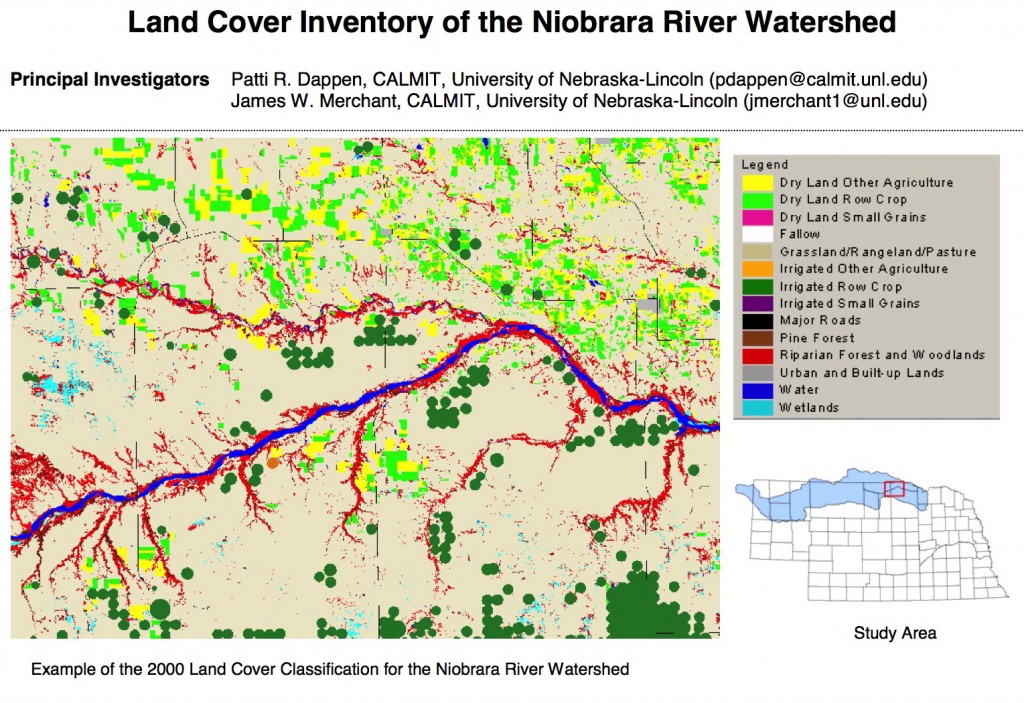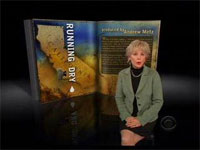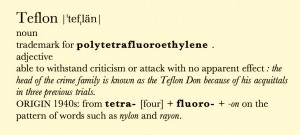The week that was, 12/27/2009-1/2/2010
Posted on | January 3, 2010 | No Comments

Revelers go for a New Year's Day swim in Malo-les-Bains, northern France, January 1, 2010. Photo: Reuters. For the Toronto Sun's gallery of New Year's Day plunges around the world, click on the bathers.
“I found out about it when I was about eight, and I never manned up to do it. But now I did.” — Twenty-two-year-old Jeffrey Vanek, while pulling up his boxer shorts amid catcalls from 500 people, “Naked water skiing, Bloody Marys and breakfast burritos — it’s the 30th Annual Bethel Island Frozen Bun Run,” Contra Costa Times, January 1, 2010
“Everything depends on what happens between now and April.” — Frank Gehrke, chief of snow surveys for the California Department of Water Resources,”Snow isn’t erasing lingering drought,” San Francisco Chronicle, December 31, 2009
“There are many, many areas in which every American would say, `I don’t like the way my tax dollars are being spent.’ Our answer to that is an in-your-face ‘So what?'” — University of California at San Diego lecturer Brett Stalbaum, co-inventor of the “Transborder Immigrant Tool,” a cell phone enabled with GPS to direct the holders to water in the desert, “Help is aimed across harsh border,” AP / Boston Globe, December 30, 2009

Now that Dallas, Texas, has water coming in from Lake Fork Reservoir, it is fighting the US Fish and Wildlife Service over yet another proposed water source, Lake Fastril, reports the Dallas Morning News. The service wants to create a wildlife preserve on the Neches River in Cherokee and Anderson County while the city wants a reservoir. Click on the image for the USFWS proposal for the North Neches River National Wildlife Refuge. Click on the Janice Bezanson quote (right) for the Dallas Morning News story.
“People’s lives are greatly upset by being forced off their land.” — Janice Bezanson of the Texas Conservation Alliance on the impact of reservoir building, “Lake Fork begins supplementing Dallas water supply,” Dallas Morning News, January 2, 2010
The facts are well-known: The Western Slope has 80 percent of the water and the urban Front Range east of the mountains has 80 percent of the people. — “Water wars,” The Pueblo Chieftain editorial, December 27, 2009
… is it possible to “steal” water from a river? — “Judges go with the law’s flow,” Johannesburg Star, December 31, 2009 via Proquest, describing the December 1 decision by South African appellate judge LE Leach on a case involving two sugarcane farmers charged with theft for undeclared water diversions from the Lomati River. In his decision, Leach concluded, “Roman law recognised certain things as being res extra patrimonium, which were incapable of being owned, including those things classified as res communes being ‘things of common enjoyment, available to all living persons by virtue of their existence’. Public water, running in a river or a stream, was recognised as being res communes and therefore incapable of being owned. These Roman law principles were adopted by Roman–Dutch law and subsequently recognised in South Africa … As water in a public stream was therefore incapable of being owned, it was also incapable of being stolen.”
Legally, private rights to groundwater continue. Whereas navigable surface water is subject to public trust, groundwater remains outside its scope. — “Groundwater mining: American experience,” op-ed piece by T.N. Narasimhan, Professor Emeritus, University of California at Berkeley, The Hindu, December 28, 2009
“Even the feds wouldn’t be able to get a reserve water right, because the Department of Natural Resources has said there is no water to be had. So the threat of a federal reserved water right is a red herring.” — Don Blankenau, Lincoln attorney representing ag interests from Nebraska’s various Natural Resources Districts, “Who do you want protecting the Niobrara? State or feds?” Lincoln Journal Star, December 26, 2009

Source: US Bureau of Reclamation / Nebraska Game and Parks Commission. Click on the map to be taken to the Niobrara River Watershed land cover classification data sheet.
Californians started out in 1850 grossly abusing our water resources and we’ve never stopped. — “The Oh Decade: Old water policies limit choices for future,” Sacramento Bee op-ed by Peter Gleick, president of the Pacific Institute, December 30, 2009
If water is so scarce, why is the Inland Empire full of homes and mega malls? — “Leftovers From City Hall: Water crisis is boring,” San Gabriel Valley Tribune, December 27, 2009
 UC Riverside’s Center for Water Resources, which for more than a half-century supported research across the statewide system, is officially closed as of today. — “Budget cuts impact Riverside office,” Riverside Press-Enterprise, December 30, 2009
UC Riverside’s Center for Water Resources, which for more than a half-century supported research across the statewide system, is officially closed as of today. — “Budget cuts impact Riverside office,” Riverside Press-Enterprise, December 30, 2009
I heard some Australian guy say land prices drop 80% when the water is sold away from the land. — “Idle calculations,” On the public record, December 30, 2009
While I have a great deal of respect for Pat Mulroy’s ability to manage a multi-faceted, multi-disciplinary, multi-sourced water system with a penchant for megawater projects, I think Pat Mulroy has sipped a little too much goldwater. — “Colorful Las Vegas is color blind,” Rainbow Water Coalition, December 29, 2009

On December 30, 2009, the US Postal Service unveiled its new stamps for 2010. The "Hawaiian Rain Forest" by painter John Dawson is the twelfth in the Nature of America series. It will be released in August. For more information about the 2010 stamp releases, click on the rain forest.
The bill, House Resolution 2766 by Rep. Diana DeGette, D-Colo., would require companies to reveal the chemicals used in fracturing fluids but not the exact formulas, except in emergencies. — “Rural residents worry about Barnett Shale disposal wells,” Fort Worth Star-Telegram, December 26, 2009
With about 8,000 permits for shale-gas drilling issued in Pennsylvania last year and 40,000 new permits anticipated in the next few years, is there any doubt that there are simply too many points at which contaminated water could despoil individual or municipal water supplies? — “Natural gas drilling puts public health and safety at risk,” York Dispatch op-ed by Foreest J. Remick, professor emeritus of nuclear engineering at Pennsylvania State University, December 29, 2009
… West Virginia Department of Environmental Protection has no plans for any action as a result of this huge kill of aquatic life. — Chemical engineer Duane G. Nichols, in a Charleston Gazette December 28, 2009 op-ed piece on the Dunkard Creek disaster that destroyed an estimated 22,000 fish, “Whom does the DEP serve?”

Dunkard Creek, a 35-mile-long waterway that runs along the southwest border of Pennsylvania and West Virginia. Click on the image to be taken to an account of the fish kill from the Sierra Club's Allegheny Group chapter. Chemicals from hydraulic fracturing are a suspected cause.
… all 17 families from the village held meetings and formulated simple rules to be followed. These included a ban on taking axes inside the forest, a ban on smoking bidis inside the forest to prevent fires and disallowing outsiders from taking anything from the forests without informing the villagers. A violation of these rules results in social boycott in the form of villagers not attending social functions like marriage and funerals of the violator’s family. Sometimes, a monetary penalty is also imposed. These simple rules have translated into a thriving and dense forest area with perennial water availability with rejuvenated water bodies. — “Baiga tribals show the way in forest conservation,” The Hindu, December 26, 2009

Lake Okeechobee, meaning 'Big Water' in the Seminole language. Map: South Florida Water Management District. Click on the map to be taken to the district's website.
“It’s not a good thing, but until the levee is fixed … that lake is going to be violating.” — Ken Ammon, deputy executive director of the South Florida Water Management District, “Up and down water levels threaten the health of Lake Okeechobee,” South Florida Sun Sentinel, December 29, 2009
“We used to discuss whether the Little Lehigh was a large creek or small river back in the ’80s or ’90s. The flow has just disappeared.” — Pennsylvania homeowner Rob Hamill, “Does Little Leigh Creek need protection?” The Allentown Morning Call, January 2, 2009
CBS’ “60 Minutes” was the second most watched program on television last week, its best weekly ranking since November of 2008. — MediaBistro.com, December 29, 2009
Much of the segment was devoted to conversation between CBS’s Leslie Stahl and Governor Schwarzenegger, whom she called “California’s action hero governor.” — “60 Minutes misses opportunity to identify solutions,” On the waterfront, Environmental Defense Fund, December 29, 2009, via Aquafornia
Mrs. Stahl showed an almond grower grinding up some of his “valuable” trees that took 20 years to grow…. Just the slightest bit of research will tell you that almond trees live for 20-25 years, and that’s it. So the trees this grower ground up were at the very end of their lifecycle, and drought or no drought … — Mike Hudson, SalmonAid, December 31, via Aquafornia
“60 Minutes” swallowed whole a tall tale concocted by anti-regulatory interests: that protecting the Delta smelt has economically crippled California agriculture. — “60 Minutes flubs the California water story,” Legal Planet, December 28, 2009
 Like most outsiders, they ended up simplifying things down to “farmers vs. fish” — the fish in question being the “tiny” Delta smelt. — “Water tourism: ’60 Minutes’ visits California,” Waterlibrarian’s Blog, December 31, 2009
Like most outsiders, they ended up simplifying things down to “farmers vs. fish” — the fish in question being the “tiny” Delta smelt. — “Water tourism: ’60 Minutes’ visits California,” Waterlibrarian’s Blog, December 31, 2009
Incredibly lazy journalism. — Joseph Skorupa, Clean Water Act biologist, “60 Minutes Water Piece Comments,” Chronicles of the hydraulic brotherhood, December 29, 2009, via Aquafornia
… under the Bush Administration, EPA scientists working on water-quality contaminants were prevented from calling attention to chemical contamination of groundwater, removed from research on hazardous chemicals in drinking water, labeled “unpatriotic” for pursuing new regulations, and pressured by industry lobbyists and the White House to either slow efforts to expand the list of SDWA contaminants or to weaken those standards. — “Saving our tap water: The problem and solution,” Peter Gleick’s “City Brights” blog, San Francisco Chronicle, December 27, 2009
 The EPA has never finalized a “priority review” of C8’s safety that was announced in 2002. — “EPA may propose C8 rules – in 2012,” The West Virginia Charleston Gazette on regulation of ammonium perfluorooctanoate, a processing agent used to make Teflon and other nonstick products, December 31, 2009
The EPA has never finalized a “priority review” of C8’s safety that was announced in 2002. — “EPA may propose C8 rules – in 2012,” The West Virginia Charleston Gazette on regulation of ammonium perfluorooctanoate, a processing agent used to make Teflon and other nonstick products, December 31, 2009
“We’re going to be in litigation for a couple of years at least.” — Earthjustice attorney David Guest on the reaction of Florida utilities to the cost of complying with impending federal clean water standards, “Looming federal water quality standards sets off firestorm,” Florida Times Union, December 28, 2009
1/3/2009, 6.48pm: This post has been updated on the day of publication. The 2010 rain forest stamp and photo of Lesley Stahl were added along with the links to the Waterlibrarian’s Blog and “Idle calculations” from On the public record.
Comments
Leave a Reply


